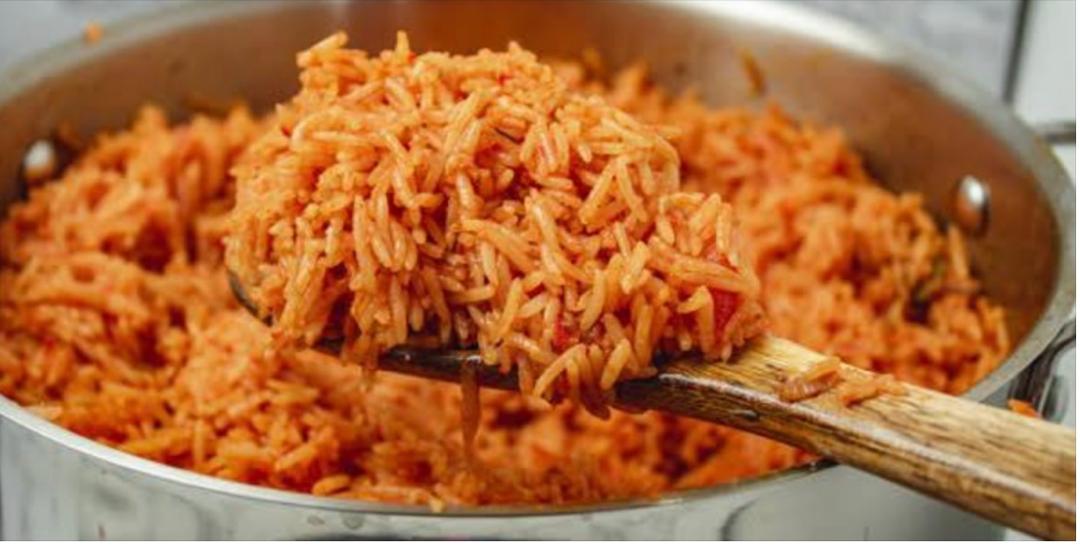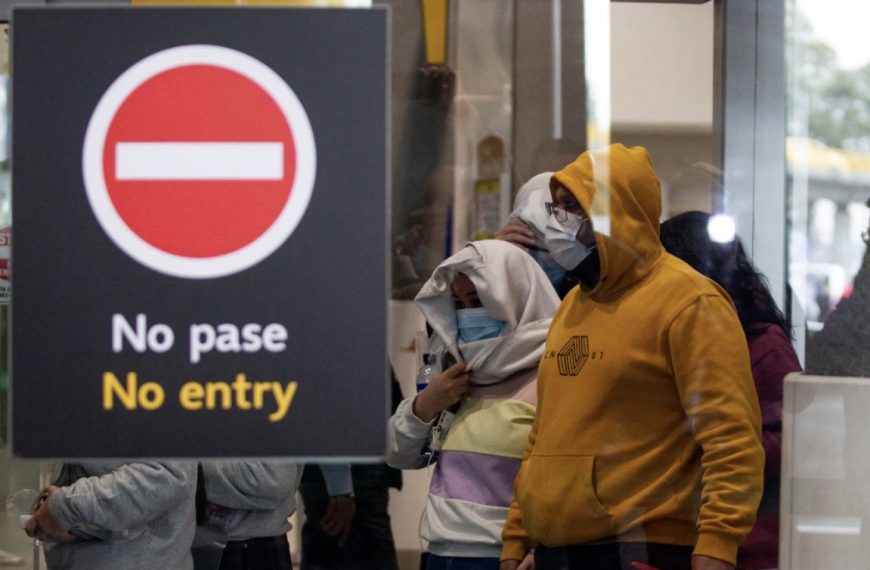The average cost of preparing a pot of jollof rice in Nigeria has risen to N21,579, consuming roughly 31% of the country’s minimum wage (N70,000) in September.
This is according to a new report from SBM Intelligence titled The SBM Jollof Index: Crisis on the Menu.
According to the report, the average cost of preparing a pot of jollof rice in Nigeria rose by 5.1% from N20,274 in June
This rise underscores the intensifying food crisis in Nigeria, where inflation and rising food costs continue to strain households.
The report read: “The average cost of cooking a pot of jollof rice in Nigeria rose from N20,274 in June to N21,300 in September, reflecting a 5.1% increase. The prices of key ingredients such as tomatoes and peppers, remained high in July, although the Index recorded only a minor reduction of N200.
“Our previous Index highlighted how the prices of ingredients like tomatoes and peppers had surged by over 300% in June, and this only slightly relieved in July.
“By August, the national average cost of making a pot of jollof rice rose by an additional N390 and increased further by N1,181 in September”
Food prices gulp up to 97% of monthly incomes
The report further noted that for many Nigerians, food prices consume between 65% to 97% of monthly incomes, far higher than the 11-12% typical in countries like the U.S. and the U.K.
It noted that this has led to public unrest, evidenced by a hunger protest where citizens expressed frustration over the soaring cost of living.
- The report attributes these price surges to multiple factors, including insecurity, high energy costs, and natural disasters.
- Fuel prices, for instance, rose from N830 in August to N1,030 in September, driving up transport and food storage expenses. Similarly, the cost of cooking gas surged from around N14,200 in July to N16,500 by September.
- Also, the collapse of the Alan Dam in Borno in July resulted in severe flooding across 29 states, affecting millions and exacerbating agricultural losses, which impacted food availability and prices.
- In terms of market trends, while Onitsha and Kano markets saw price declines of up to 13.2% and 3.5%, respectively, Abuja’s Nyanya Market recorded a sharp 29.5% increase due to supply chain disruptions and rising transport costs.
SBM Intelligence notes that despite temporary reductions in some ingredient costs, like tomatoes and peppers, the price of staple items remains largely out of reach for many households.
Ghana’s experience mirrors Nigeria’s in several ways, with food inflation moderating slightly to 19.1% in August before climbing again to 21.5% in September.
This volatility highlights a wider trend across West Africa, where inflationary pressures, currency depreciation, and high import costs continue to impact food security.
SBM Intelligence stresses that without significant policy intervention and structural adjustments to food systems, West African nations are likely to see prolonged instability in food affordability and availability.
Credit/Nairametrics












